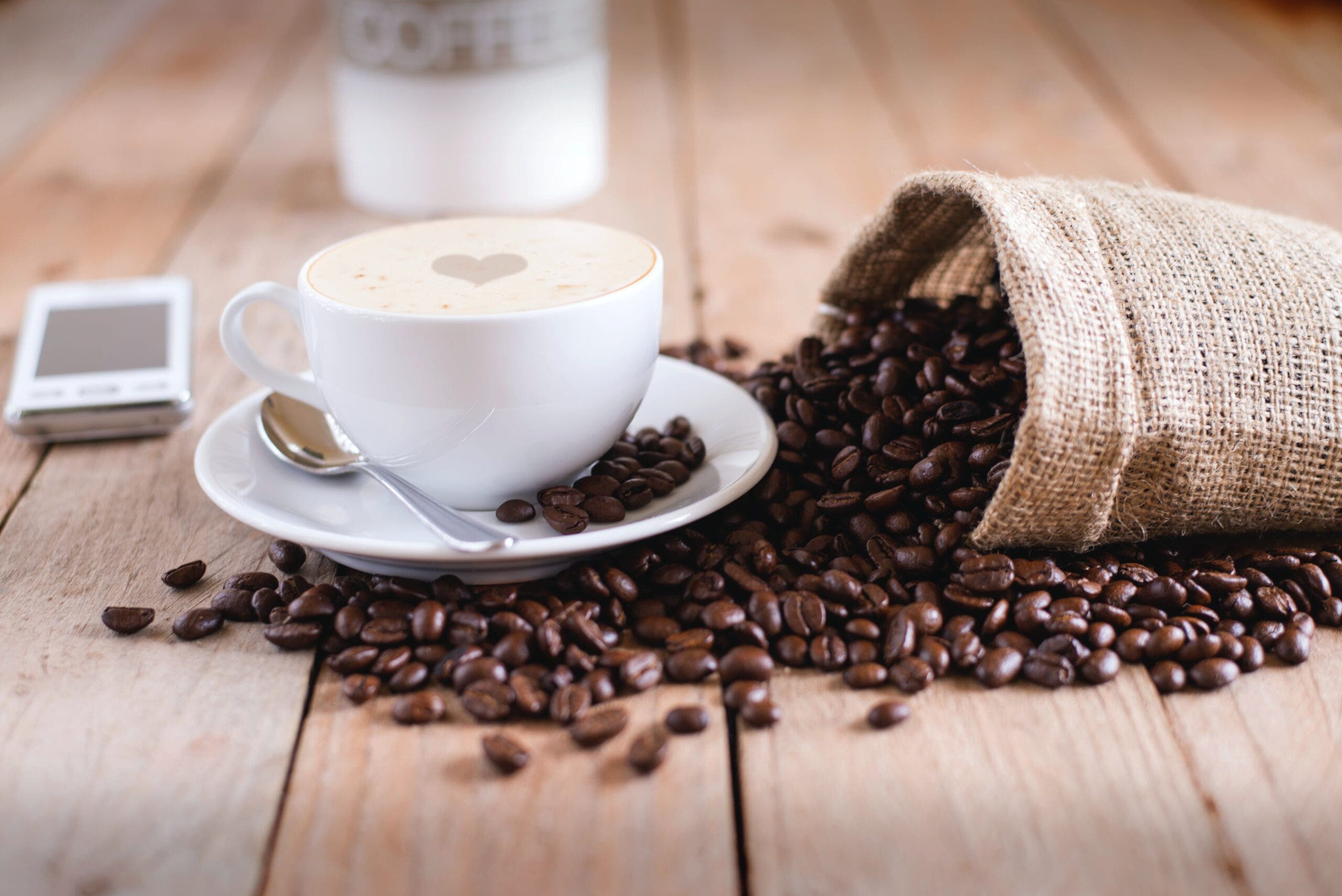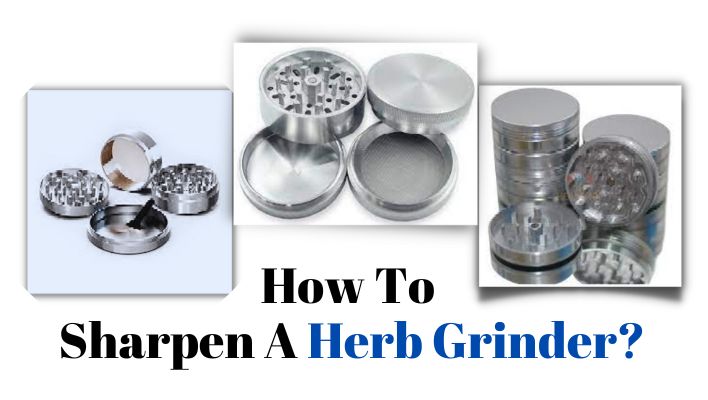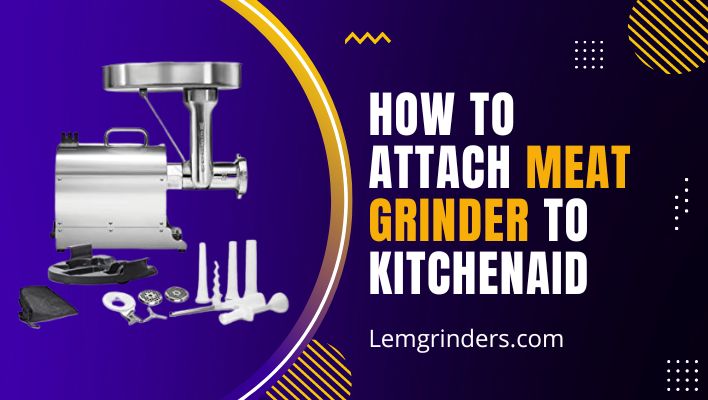To grind espresso beans without a grinder, use a mortar and pestle or a rolling pin to crush them into a fine consistency. Additionally, you can also use a blender or food processor to achieve the desired grind.
When grinding, ensure that the espresso beans are evenly crushed to produce a consistent and flavorful brew. Remember to adjust the grinding time based on your preference for a finer or coarser grind. Grinding without a grinder allows you to enjoy freshly ground espresso beans even when a grinder is not available.
Whether you prefer a strong shot of espresso or a smooth espresso-based drink, grinding by hand can be a viable option for coffee lovers in a pinch.
Using Common Kitchen Tools
When it comes to making a perfect cup of espresso, the freshness of the coffee beans plays a crucial role. While owning a coffee grinder is ideal for achieving the right grind, there are times when you may find yourself without one. But don’t worry, you don’t have to sacrifice the quality of your espresso just because you lack a grinder. In this article, we will explore some common kitchen tools that can help you grind espresso beans without a grinder. So let’s dive in and discover these alternative methods.
Mortar And Pestle
If you own a mortar and pestle, you’re in luck! This trusty tool has been used for centuries in various culinary traditions to crush and grind ingredients. To use a mortar and pestle for grinding espresso beans, follow these simple steps:
- Place a small handful of coffee beans in the mortar.
- Gently press and roll the pestle against the beans, applying even pressure.
- Continue grinding until you achieve the desired consistency, whether it be a fine or coarse grind.
- Once ground, transfer the coffee to a container and repeat the process with the remaining beans.
Rolling Pin And Ziplock Bag
Another handy tool you can use to grind espresso beans is a rolling pin and a ziplock bag. Here’s how:
- Place a small amount of coffee beans into a ziplock bag.
- Seal the bag, ensuring all the air is squeezed out.
- Place the bag on a sturdy countertop or cutting board.
- Using the rolling pin, gently roll over the bag, applying firm pressure.
- Continue rolling until the coffee beans are crushed to your desired consistency.
- Open the bag and transfer the ground coffee to a container.
- Repeat the process with the remaining beans.
Blender Or Food Processor
If you have a blender or food processor in your kitchen, you can also utilize them to grind your espresso beans. Follow these steps:
- Add a small amount of coffee beans to the blender or food processor.
- Put the lid on and make sure it is secure.
- Pulse the machine in short bursts to avoid overheating the beans.
- Continue pulsing until you achieve the desired grind consistency.
- Transfer the ground coffee to a container and repeat the process with the remaining beans.
Improvising With Household Items
Hammer And Towel
When you find yourself craving a fresh cup of espresso but don’t have a grinder on hand, fear not! With a little creativity, you can still achieve a flavorful grind using common household items. One such option is the trusty hammer and towel technique.
To get started, make sure you have a hammer and a clean towel at your disposal. Place a small number of espresso beans in the centre of the towel, making sure to fold it over to prevent any spills. Grab your hammer firmly and gently begin to pound the beans through the towel. This method allows you to control the coarseness of the grind by adjusting the pressure exerted. Remember, the finer the grind, the stronger the flavour.
Once you’ve achieved your desired consistency, carefully unwrap the towel and transfer the ground coffee to your brewing apparatus. Be sure to clean your hammer and towel thoroughly afterward to prevent any unwanted flavors from transferring to future grinds.
Coffee Grinder Or Spice Grinder
If you are lucky enough to have a coffee grinder or a spice grinder tucked away in your kitchen, you’re in for a treat! These versatile appliances can easily double as a coffee bean grinder, providing you with a consistent and efficient grind.
To begin, ensure that your coffee grinder or spice grinder is clean and free from any residual spices or coffee grounds. Next, add the desired quantity of espresso beans to the grinder’s chamber. Depending on the size and capacity of your grinder, you may need to grind the beans in smaller batches to ensure an even grind.
Once the beans are in the grinder, secure the lid tightly and activate the grinding mechanism. Allow the grinder to work its magic, ensuring you achieve the desired grind size. In just a matter of seconds, you’ll have freshly ground espresso ready for brewing!
Hammer And Chopping Board
For those without a towel or grinder on hand, worry not, as there’s another improvisation technique that can be done using a hammer and a chopping board. This straightforward method allows you to control the coarseness of the grind using the pressure applied during the grinding process.
Begin by placing a small quantity of espresso beans on a clean chopping board. Ensure that the board is sturdy and won’t slide around during the grinding process. Next, use the flat side of the hammer to gently press and crush the beans against the surface of the chopping board.
As you grind, experiment with the amount of pressure you apply to achieve your desired grind size. For a finer grind, increase the pressure, while for a coarser grind, use less pressure. It may take a few attempts to find your perfect grind consistency, but with practice, you’ll become a master at improvising with this simple method.
Alternative Grinding Methods
When it comes to brewing the perfect espresso, using freshly ground beans is key. But what if you don’t have a grinder? Don’t worry, there are alternative methods to grind your espresso beans without a grinder. In this post, we’ll explore three popular methods that you can try at home: using a blender or food processor, grinding with a mortar and pestle, and making espresso powder with instant coffee.
One of the easiest ways to grind espresso beans without a grinder is by using a blender or food processor. These kitchen appliances are usually readily available in most households, making them a convenient option. Here’s how you can use a blender or food processor to grind your espresso beans:
- Measure out the desired amount of espresso beans you want to grind. Remember, it’s best to grind only what you need for immediate use to preserve freshness and flavor.
- Place the beans in the blender or food processor. Ensure that the appliance is clean and dry before use.
- Pulse the beans in short bursts to achieve the desired grind consistency. Keep an eye on the beans to prevent over grinding.
- Once the beans are ground to your liking, transfer the grounds to an airtight container for storage. Make sure to clean the blender or food processor thoroughly afterwards.
Grinding with a Mortar and Pestle
If you prefer a more hands-on approach, using a mortar and pestle to grind your espresso beans can be a great option. Here’s how you can do it:
- Start by measuring out the desired amount of espresso beans you want to grind.
- Place the beans in the mortar, ensuring that it is clean and dry.
- Use the pestle to crush and grind the beans in a circular motion. Apply even pressure and continue grinding until you achieve the desired consistency.
- Transfer the freshly ground beans to an airtight container for storage.
Making Espresso Powder with Instant Coffee
If you can’t grind your espresso beans, an alternative is to make espresso powder using instant coffee. Here’s a simple method to create your own espresso powder at home:
- Measure out the desired amount of instant coffee granules you need. Keep in mind that the flavor and intensity of the resulting espresso powder may vary depending on the brand and quality of the instant coffee.
- Spread the instant coffee evenly on a baking sheet and place it in a preheated oven.
- Bake the instant coffee granules at a low temperature (around 200°F or 95°C) for about 1 to 1.5 hours. Stir occasionally to ensure even baking.
- Once the coffee granules are completely dry and turn into a dark, rich color, remove them from the oven and allow them to cool.
- Grind the baked coffee granules in a blender or food processor until you achieve a fine powder consistency.
- Transfer the espresso powder to an airtight container for storage.
Tips For Grinding Espresso Beans Without A Grinder
When it comes to making a delicious cup of espresso at home, having a grinder is essential. But what if you don’t have one? Don’t worry, we’ve got you covered. In this section, we’ll share some valuable tips for grinding espresso beans without a grinder. Whether you’re camping, traveling, or simply don’t have a grinder at hand, these tips will help you achieve the perfect grind consistency and size for a flavorful cup of espresso.
Choosing The Right Roast
Before diving into the grind, it’s important to choose the right roast for your espresso. The roast level can significantly impact the flavor and strength of your coffee. For espresso, a dark roast is typically recommended as it brings out the rich and intense flavors. However, if you prefer a lighter and more nuanced taste, a medium or medium-dark roast might be a better choice. Ultimately, it all comes down to personal preference.
Grinding Consistency And Size
The consistency and size of the grind are key factors when it comes to brewing espresso. Even without a grinder, you can still achieve a consistent grind using alternative methods. One method is using a blender or food processor. Simply pulse the beans until you reach the desired consistency. However, be careful not to over-process the beans as it can result in a fine powder, which is not ideal for espresso. Another option is to use a mortar and pestle to manually grind the beans. This method requires a bit more effort but allows for better control over the grind size.
Measuring The Coffee-to-water Ratio
Once you have ground your beans, it’s important to measure the coffee-to-water ratio for a balanced and flavorful cup of espresso. The general guideline is to use a ratio of 1:2, which means for every gram of coffee, you’ll need two grams of water. However, feel free to adjust the ratio to your personal preference. It’s always a good idea to start with a small batch and make adjustments based on taste.
By following these tips, you can still enjoy a delicious cup of espresso even without a grinder. Remember to choose the right roast, achieve a consistent grind, and measure the coffee-to-water ratio for the best results. Happy brewing!
Brewing Espresso With Freshly Ground Beans
When it comes to brewing the perfect cup of espresso, one of the most crucial factors is using freshly ground coffee beans. Grinding the beans just before brewing ensures maximum freshness and flavor. But what if you don’t have a grinder? Don’t worry, there are still ways to achieve a rich and aromatic espresso without the need for specialized equipment. In this article, we will explore three methods of brewing espresso with freshly ground beans, using a stovetop espresso maker, drip espresso brewing methods, and the French press espresso brewing technique.
Using A Stovetop Espresso Maker
A stovetop espresso maker, also known as a Moka pot, is a classic and affordable way to make espresso at home. It consists of a bottom chamber for water, a middle chamber for ground coffee, and a top chamber for the brewed espresso. Follow these steps to brew espresso using a stovetop espresso maker:
- Fill the bottom chamber with cold water up to the designated level. Avoid overfilling.
- Grind your coffee beans into a fine consistency, resembling table salt.
- Fill the middle chamber with the freshly ground coffee, evenly distributing it without tamping it down.
- Screw the top chamber tightly onto the bottom chamber.
- Place the stovetop espresso maker on medium heat.
- As the water in the bottom chamber heats up, the pressure will push the hot water through the coffee grounds and into the top chamber, resulting in a rich and robust espresso.
- Once you hear a gurgling sound, indicating that the brewing is complete, remove the stovetop espresso maker from the heat.
- Pour the brewed espresso immediately into your cup to enjoy the rich aroma and flavor.
Drip Espresso Brewing Methods
If you own a drip coffee maker, you can still enjoy a great cup of espresso-like coffee. While it may not produce an authentic espresso, it can come close in terms of flavour and strength.
Here’s how to achieve it:
- Grind your coffee beans slightly finer than you would for regular drip coffee.
- Measure the appropriate amount of coffee grounds based on the desired strength (usually 1-2 tablespoons per cup).
- Place the ground coffee into the filter basket of your drip coffee maker.
- Add the required amount of water to the reservoir.
- Switch on the coffee maker and allow it to complete the brewing cycle.
- Once the brewing is complete, you’ll have a flavorsome and concentrated coffee beverage that comes close to espresso.
- Remember to clean your drip coffee maker regularly for optimal performance and taste.
French Press Espresso Brewing Technique
The French press, also known as a press pot or plunger pot, is another method you can use to make espresso-like coffee. While it may not produce the same intensity as a traditional espresso machine, it can still yield a strong and richly flavored coffee. Here’s how to use a French press for brewing espresso:
- Coarsely grind your coffee beans, similar to the consistency you would use for a French press or a cold brew.
- Measure the desired amount of coffee grounds based on your preference.
- Add the coffee grounds to the French press carafe.
- Heat water until it reaches the ideal temperature of around 195-205°F (90-96°C).
- Pour the hot water over the coffee grounds in the French press.
- Give it a gentle stir to ensure the grounds are fully saturated.
- Place the plunger on the top of the French press but do not press it down.
- Allow the coffee to steep for about 4-5 minutes.
- Slowly push down the plunger, separating the brewed coffee from the grounds.
- Pour the concentrated coffee into your cup and savor the robust flavors.

Credit: www.youtube.com
Frequently Asked Questions On How To Grind Espresso Beans Without A Grinder
How Do You Ground Espresso Beans Without A Grinder?
To ground espresso beans without a grinder, use a blender or food processor. Pulse the beans until finely ground. Alternatively, place the beans in a sealed bag and crush with a rolling pin. Remember to grind in short bursts to avoid overheating the beans.
Can You Grind Espresso Beans By Hand?
Yes, you can grind espresso beans by hand. It is possible to manually grind the beans using a coffee grinder, a pestle and mortar, or even a manual burr grinder.
Can You Grind Espresso Beans In A Blender?
No, it is not recommended to grind espresso beans in a blender. Blenders are not designed for grinding coffee beans finely enough for espresso. It is best to use a burr grinder or a dedicated coffee grinder to achieve the desired consistency for a perfect espresso shot.
Can You Grind Espresso Beans Without A Grinder?
Yes, you can grind espresso beans without a grinder. You can use alternative methods like using a blender, a mortar and pestle, or even a rolling pin to crush the beans. However, note that these methods may result in a coarser grind, so you may need to adjust your brewing technique accordingly.
Conclusion
To conclude, grinding espresso beans without a grinder may seem challenging, but with the techniques described in this blog post, it becomes a feasible task. From using alternative tools like a blender or mortar and pestle to opting for the pre-ground option, there are several options to choose from.
Remember, freshness is key when it comes to coffee, so always grind your beans right before brewing for the best-tasting espresso. Experiment with different methods until you find the one that suits you best. Enjoy your homemade barista-quality coffee!






